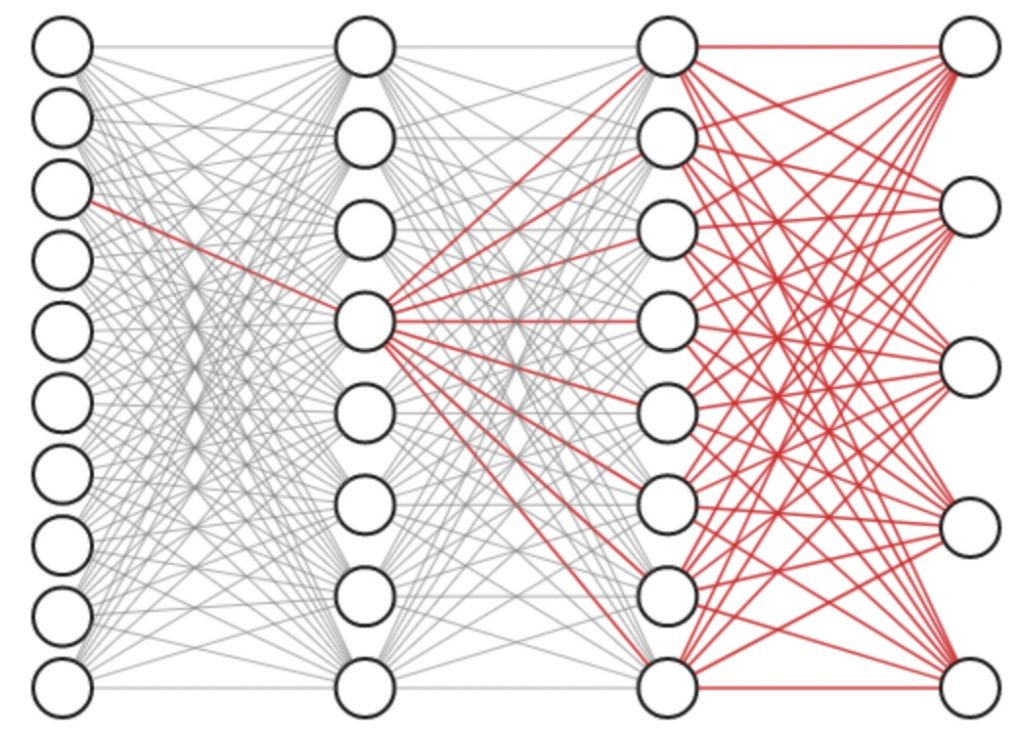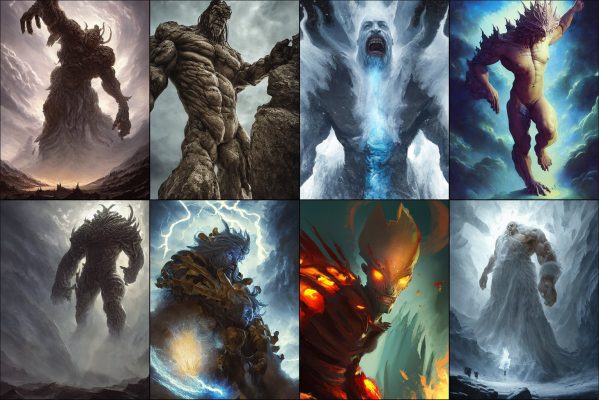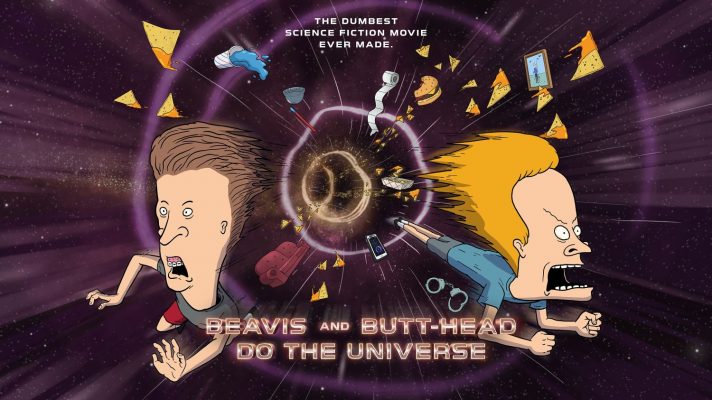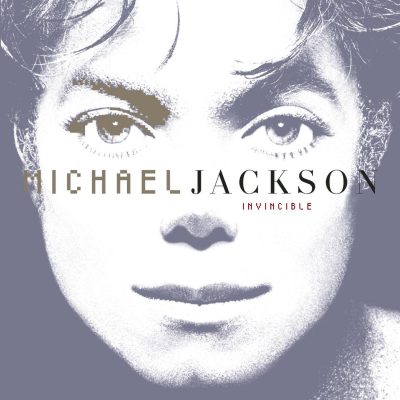Poor villagers live in the shadow of a mountain, scratching a living from the ribs of the earth. Inside the mountain is an immense quantity of gold, protected by a dragon.
An adventurer arrives. In the dead of night he scales the mountain, kills the dragon, and returns with a single gold piece to prove his deed. The villagers regard it with awe and suspicion, as though it might dissolve in his hand.
“There’s more inside,” the dragonslayer says. “The wyrm is dead, and you are all rich.”
Villagers cautiously enter the mountain and take handfuls of gold from around the dragon’s cooling body. It’s as the adventurer said – there’s nearly limitless amounts of it. Soon men are hauling goldfrom the mountain by the wagonload, each believing that they have become rich.
The local economy instantly crashes. Gold is so common that it’s useless as a means of exchange – might as well barter with air or dirt. Nobody will accept it as payment for any good or service.
The dragonslayer is astonished. He thought he’d killed a dragon. Instead, he’d really killed gold.
Obscurus artifex
AI generated-art is fascinating and should be closely watched by anyone in any creative field.
The speed at which technological breakthroughs are occurring is a little alarming. Lenin said “There are decades where nothing happens; and there are weeks where decades happen”. 2022 is shaping up to be fifty-two Lenin-weeks back to back to back.
In the space of a few months this has gone from being a niche interest to a rapidly-growing commercial concern. A wave of consumer-facing products and services now exist, of which Midjourney, Stable Diffusion, DALL-E 2. and Craiyon (the last two are based on OpenAI’s GPT-3) have received the most media attention.
It’s hard to know just how capable these things are. Once, it was claimed that DALL-E 2 couldn’t create an image of a horse riding an astronaut…but it could. You just had to ask it right. As someone once noted, it’s often like neural nets have the ability to do things but not the motivation, and can be tricked into performing well via cleverly-worded prompts. For example, prompting with “trending on Artstation” seems to increase the quality of DALL-E 2’s output. And none of the things that could possibly be bottlenecking GPT-3 in its current form (corpus size, or parameter count, or whatever) are close to a theoretical limit, meaning there is likely a massive amount of headroom still to be explored. OpenAI recently slashed the price of GPT-3 by 66%, which could be a sign that GPT-4 is nearing release.
Most commentary has focused on the job displacement issue. Will artists now be out of work now?
A valid concern. AI-generated art has potential to create the same kind of industry shifts that mp3 piracy did twenty-five years ago.
A basic economics concept: any product has a mixture of fixed costs and marginal costs. Fixed costs do not vary with the number of products, while marginal costs do. In practice, the fixed costs of a Metallica album are whatever it costs them to write and perform the music, and the marginal costs of a Metallica album are the pressing, distribution, shelving, and so on. The fixed costs get you one of a thing. The marginal costs get you the second.
At the start of the millenium, digital filesharing caused the marginal costs of music to crash to near zero. Suddenly, no shelf space was required to stock music, and no trucks were needed to ship it. You could fill an entire hard drive with Metallica songs for free if you wanted.
This famously crunched the record industry and did great damage to other fields. But through it all, artists had a lifeline: piracy didn’t affect their fixed costs. “Someone still has to pay us to create art, right? You can’t pirate art if nobody makes it.” Thanks to AI, this is no longer necessarily true. Now artists are hammered at both sides: in the 00’s Digital filesharing disrupted the distribution of art, and in the 20s neural nets will disrupt the creation of it.
But if this was the only consequence, I’d probably feel quite well disposed to AI art.
Technology has always displaced employment. We generally consider this to be a net positive. Yes, it sucks that wheelwrights don’t exist anymore, but now we have cars.
There’s an anti-technology attitude among artists that’s a little frustrating. We’re now standing at the threshold of an age of wonder. A day where you can just imagine something and get a photorealistic image of it. I think it’s honestly amazing, and if a porn artist has to get a day job because neural nets can create better rule 34 of Dora the Explorer shitting into CatDog’s mouth than he can, then so be it.
And as patio11 notes, all artists are reliant on technology themselves. They just don’t realize it. When a writer uses a thesaurus to look up a different word for brown, that’s normal. When a writer uses NovelAI to workshop a scene…well, that’s just wrong.
But there’s something far more disquietening going on: AI-generated art almost seems like an axe aimed at the concept of art itself.
Art won’t die, but it’s likely that over the next twenty years (or sooner), it will cease to exist in its current form. What the next evolution of art looks like remains to be seen. But it now must evolve.
What is art?
An academic would tell you that it’s an artist’s aesthetic experience trapped inside a medium.
An evolutionary psychologist would tell you it’s a peacock’s tail: a form of social signaling designed to attract a mate.
But for the average person, it’s probably fair to say “art is the world made special”.
What’s the difference between an empty wall, and a wall with a painting on it? The second wall is special.
Art adds uniqueness to the world. However poor or hackish an individual piece of art might be, collectively, art enriches our experience of living.
Art’s specialness stems, in part, from its rareness. Few men can paint like Da Vinci, few sculpters can shape marble like Michelangelo could. When you look at the Sistene Chapel, you are gazing upon the apex of human achievement.
(Modern and contemporary art is a slightly different story. Obviously Duchamp’s Fountain isn’t particularly rare – there’s urinals in every public place – but it’s “rare” in the sense that it was a bold statement, a founding work in a new movement, was seen as opening new avenues of discussion about everyday objects elevated to art, blah blah. Not every urinal is a work of art.)
…all of this goes away when a neural net can fire out a firehose of Da Vincis. When everything is special, nothing is.
The permanent debasing of art is a difficult idea to get your head around. In a sense, it’s actually worse than art disappearing. Imagine if every art gallery was suddenly empty. Yes, the world would be much the poorer, but we would create new art to replace it.
But imagine if the concept of art ceased to exist. But imagine if those artworks…but through sheer commonality, we lost our ability to appreciate them.
This has happened before. We stand on the bones of many past dragons.
Watch this:
No, Youtube’s player didn’t break. You saw the whole thing. This is Fred Ott’s Sneeze, from 1896. It’s Thomas Edison’s assistant sneezing, shot on a kinetograph.
It wasn’t the first film, but it was the first to be copyrighted. People used to pay money to watch things like this, in traveling road shows. The new technology amazed people.
What feeling does it produce in you now?
I’ll tell you what I feel: absolutely nothing. It’s just a grainy video of a man sneezing. We’ve had this technology for well over a century and the novelty is gone, along with the emotional response that it once triggered. The thing exists but its soul has departed, exorcised by technology and time.
Even more “legitimate” art isn’t safe. An Aboriginal cave painting provokes scientific interest…but I doubt I’m feeling what the person who painted it felt. A lot of art from centuries past feels quaint and odd, because it was baked in a fire of religious fervor that modern audiences don’t share.
Even if you look at the paintings in this book so closely that your nose touches the paper, you’re still looking at them across a vast distance: the centuries that separate the highly religious, proto-scientific age of Jan Van Eyck (c. 1390-1441) from our own post-Christian, science-saturated age. We can’t see them as Van Eyck meant them to be seen and his contemporaries did see them, because the old beliefs and certainties have vanished or changed. Perhaps the portraits – including his own shrewd, thin-lipped and highly intelligent face, watching with careful, observant eyes beneath a red turban – have best ridden out the centuries. But what do the Madonnas and Annunciations mean now? Not what they meant once: Protestantism and secularism have trampled on Van Eyck’s Catholic world.[1]https://papyrocentricperformativity.wordpress.com/2013/07/02/eycks-eyes/
What he means is that although Van Eyck’s paintings remain, the context that allowed us to appreciate them has vanished (unless you’re Catholic). For art in general, the Reformation is here, and the Enlightenment soon.
Heap of Broken Images
But maybe this sort of jeremiad comes years too late.
I largely agree with nostalgebraist’s thoughts here. AI is just an A-bomb falling on a city already blown to rubble. It almost doesn’t matter. There’s too much art already.
Every year, there are thousands of new books that nobody reads, millions of new photos whose fate is to sit on page 214 of an instagram feed, hundreds of albums that clog Bandcamp’s servers, etc.
Even huge cultural moments (such as massive Hollywood movies underpinned by hundred million dollar ad spends) no longer seem to mean what they did. Massive studios spend a quarter of a billion dollars making a movie…and after a few years, it’s like it never existed. It’s frequently joked that James Cameron’s Avatar grossed $2.847 billion at the box office…and yet nobody can remember a single thing about it.

There’s so much stuff now. Great news for the consumer, but for the artist it feels like pouring endless smoke into a black sky. The novelty has gone, and no matter what you do, there’s someone out there doing it better.
The most reliable way to establish yourself as an artist is to find a “scene” that’s small enough for a name to stand out, exploit that scene as much as possible, and pray it doesn’t collapse. You can’t realistically be the best writer, but maybe you can be the best Post-Futurist LGTB Afropunk writer. Be a big fish in a small pond. But soon (possibly very soon), AI-generated art will be able to instantly fill any niche you point it at.
The future
I think art will re-emerge in a new form. The beauty and rareness-seeking impulse hasn’t gone away.
But what will that new form look like?
We might see a concerted pushback toward human-generated art. “Created by a person” might become the next hot marketing buzzword, the way Queen albums used to be advertised as having no synthesisers.
Or art might rally around performance. Computers have beaten humans at chess for a long time, but chess between two humans is still fascinating to watch. And someone like DrDisrespect is doing far more than playing a videogame: an aimbot can easily defeat him in raw technical skill…but nobody wants to watch an aimbot stream a game. Already, Art and Music are among the top-viewed categories on Twitch. There seems to be demand for this kind of connection, and insight into the creative process.
Lastly, art might coalesce around intentionality, meaning, and context.
I appreciated Bruno Schulz’s prose and George Trakl’s poetry more when I knew the circumstances under which they made it. I appreciated Black Sabbath more when I knew about the pain in Tony Iommi’s amputated fingertips. That sense of human connection is very important, or at least it is to me. “This isn’t just a random shard of beauty and horror, it was forged by a mind.”
Can GPT-3 offer that? Here’s the circumstances under which it makes art.

But regardless of what happens, I think we’re heading into a world where art has no intrinsic value, in and of itself. It only has conditional value due to the circumstances attached to it. This was probably always at least partially true, and will now become fully true. It is the Total Eclipse of the Art.
Years pass at the village. Everyone uses paper money now. Mountains of gold are left lying in the street. Its value now stands at negative. You pay to have it carted away.
It still glitters, just as it did. Occasionally someone notices the shine, and thinks that it’s pretty. Then they understand, a little, why their ancestors prized it so highly.
But that world has gone away. The shine is everywhere. Gold means nothing.
…except in one household.
The dragonslayer has kept the original piece he took. It’s on his mantlepiece. He cannot say why, but he can’t bear to throw it away. He looks on that tiny scrap of worthless metal and sees anew the dragon: the heaving scales, the flaming breath. Remembers the blood pounding in his ears, the terror wrapped like a claw around his heart. Remembers how he felt in the moment after he drove a sword through the monster’s breast, and knew that it was all over.
Yes, the gold still has meaning to him.
References
| ↑1 | https://papyrocentricperformativity.wordpress.com/2013/07/02/eycks-eyes/ |
|---|



